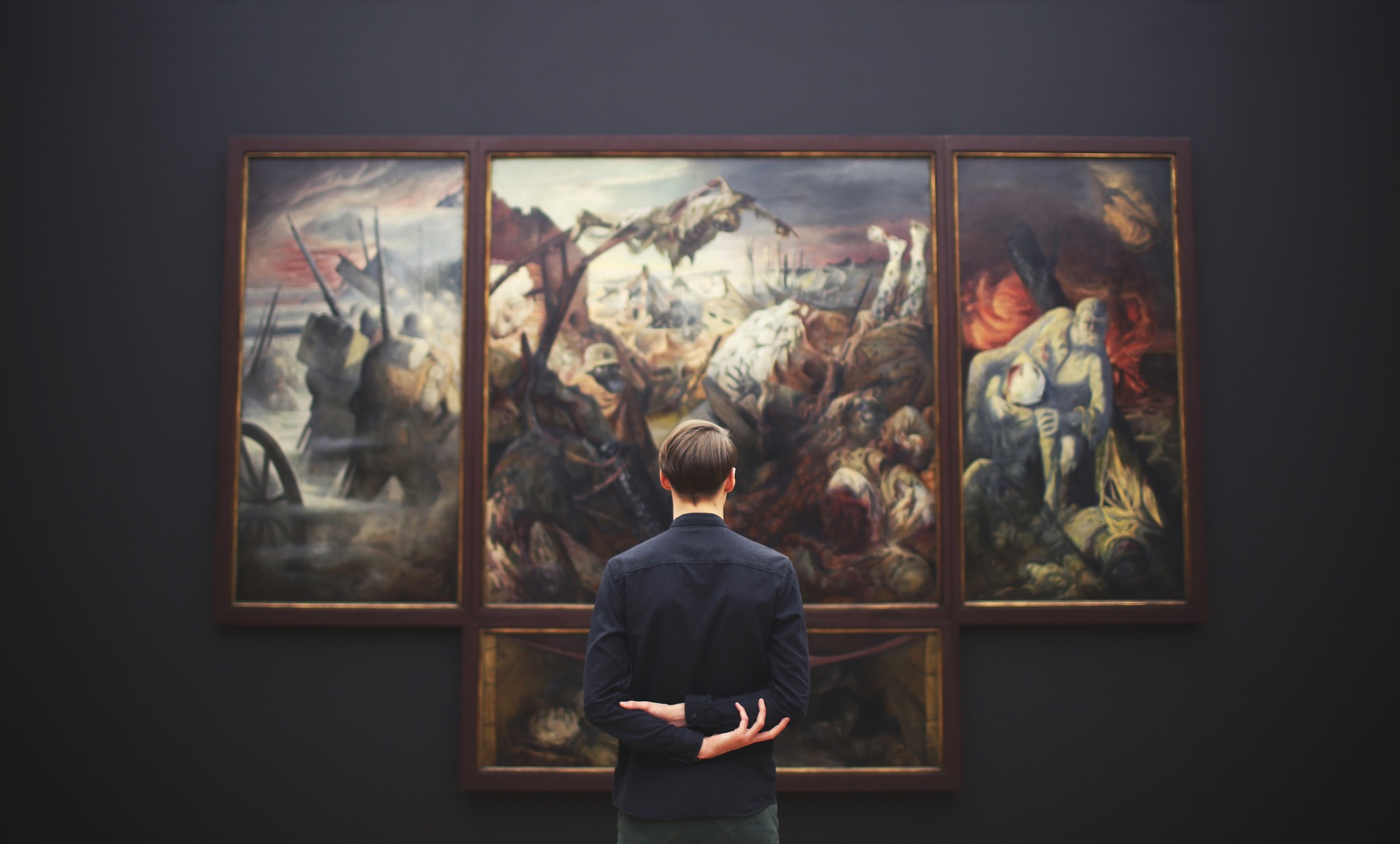Student who intend to study art often get flack from well-meaning loved ones who believe that the student won’t be able to make a living if he/ she studies art. However, the ability to make a living as an artist has changed drastically, in part, due to advances in technology. Further, the study of art develops skills aside from the obvious, art-related ones. Here’s a look why the arts can actually lead to better careers.
Technology Has Opened Up New Jobs
The advancements in technology have created a new demand for artists trained in digital technologies. After all, it was well-trained artists who created the fantastical dragons on shows like “Game of Thrones” or the magic of “Harry Potter.” Studying art, including the new technologies that make that art possible, opens up new job opportunities that have never existed before.
In order to work in these industries, these digital-savvy artists usually study both traditional art techniques, like drawing and old painting. They also learn the principles of design and art marketing. Finally, they become well-versed in digital tools, like Adobe Photoshop, Maya, Lightwave and Adobe After Effects.
Develop Cultural Awareness
A design career offers a simple example of how culture and art studies converge. Many challenges in the workplace arise from a lack of cultural awareness. Studying art, art history and languages develops the cultural awareness necessary to work in the art and design fields.
Transferable Skills
The study of art doesn’t just develop the ability to draw or sculpt beautiful things. It develops other skills, like creative thinking, the ability to work independently and eye-hand coordination. Aside from this, university studies done by James Catterall, a professor and researcher at the UCLA School of Education and Information Studies demonstrate that students who have been exposed to the arts and who have been involved in the arts do better in school.
These days, studying the arts helps students develop many practical skills that bring value to the workplace. Additionally, art studies teach students about the cultures and eras from which a piece of art arose. Finally, technology has changed pretty much every aspect of the workplace, including animation, media, and other arts-related jobs. Having a foundation in the arts opens up job possibilities that heretofore didn’t exist.


